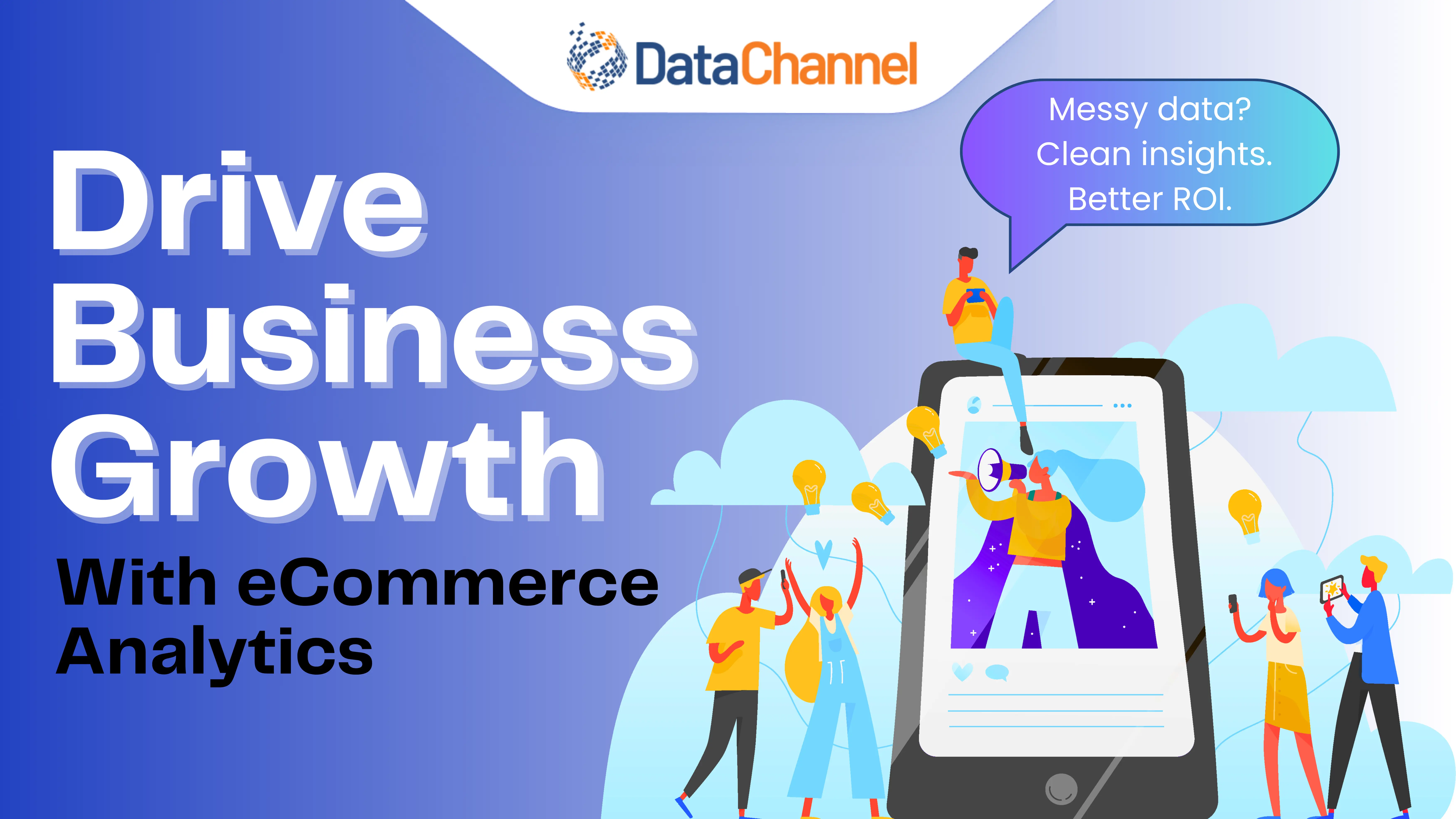
Amazon Seller Central vs Amazon Vendor Central

Introduction
Amazon sellers are typically surrounded by a variety of queries, ranging from broad ones like "what is the difference between Amazon Seller Central and Amazon Vendor Central?" to more specific niche questions like "what does Fulfilled by Amazon (FBA) mean?". While both programs are designed to help businesses sell on Amazon, they have different features, benefits, and requirements. In this blog, we will deep dive into both Seller & Vendor Central platforms and try to answer all your queries.
What is Amazon Seller Central?
It is a platform often used by brands & merchants to establish a brand connection with customers on Amazon. As a third-party (3P) seller, you can sell, manage, ship, and optimize client orders on your own by signing up for an account on Amazon Seller Central.
How to become an Amazon Seller?
Amazon Seller Central offers Individual Plans & Professional Plans under its umbrella. With the individual plan, there is a starting price of $0.99 for each item sold, while for the professional plan, there is a monthly minimum of $39.99.
Learn more about the features offered under the plans, here

When it comes to fulfilling customer orders, sellers can either manually handle all the shipments, customer service, and returns-related tasks or leverage a third-party logistics (3PL) provider. The latter is commonly referred to as Fulfilled by Merchant (FBM). As a 3P seller, Amazon also provides you with the option to give all fulfillment-related tasks to Amazon. Your orders will then be taken care of by Amazon, and customers will see the tag: “Sold by Seller (Brand) XYZ and Fulfilled by Amazon’ on the product detail page. This type of partnership falls under the Fulfilled by Amazon (FBA) program and the entire logistics-related aspects are taken care of by Amazon.
The Amazon Fulfillment Fees vary for different products based on their Size Range, Dimension, and Per Unit Weight. For example, the fulfillment fee for a T-shirt in the "Large Standard Size" tier with measurements of 14"x10"x0.76" and a unit weight of 12.32 oz is $5.32.
You can find out more about the estimate for your FBA fees here.

Benefits of Amazon Seller Central
- Reach out to broader audience segments at minimal fees
- Complete freedom to handle your account and sell to customers
- Payment Flexibility
- Registration is open to everyone to become an online retailer
- Product Pricing & logistics control
- Lesser advertising features
- Complicated Sales Process
Amazon Seller Central is best suited for businesses that want to manage their own inventory, set their own prices, and have control over their marketing and order management.
What is Amazon Vendor Central?
Contrary to Amazon Seller Central, it is most commonly used by distributors and manufacturers. Sellers registered under Amazon Vendor Central are referred to as First-party (1P) sellers. You can operate as a supplier and sell your goods in bulk to Amazon as a 1P seller, but you can only sign up for the Amazon Vendor Central platform by invitation. The Amazon Vendor team contacts any potential vendors they think would be a good fit for the Vendor Central Platform.
The customers will see your product tagged as ‘Sold and Fulfilled by Amazon’ on the order detail page.

How to become an Amazon Vendor?
Not everyone can access Amazon Vendor Central, seller’s eligibility is determined using certain selection criteria and algorithms. Consistently high traffic and your brand's strong sales volume are some of those selection criteria. Amazon will only deem you fit as a potential seller if they notice that your brand is well-known, has a good conversion rate, and generates a lot of purchase orders. Seller Central might be the best platform for new Amazon sellers to start, while Vendor Central can be used when they have established themselves as a viable option in the market. The process of becoming a vendor typically begins with an email from Amazon, saying that they are interested in selling your products. After accepting the initial email they will explain how Vendor Central works and provide you with their terms & conditions for becoming a vendor.
Benefits of Amazon Vendor Central
- Registration is through invitation only
- Amazon maintains the product pricing
- Traditional Sales & Payment Process
- Limited Logistical control
- A+ content
Amazon Vendor Central is best suited for manufacturers and distributors who want to sell their products in bulk to Amazon and have Amazon manage the orders, pricing, and marketing.
Difference between Amazon Seller Central & Amazon Vendor Central
The main distinction between both programs can be made using the following points:
- Customer loyalty: When you sell your goods through Vendor Central as a first-party vendor, customers will see your items as being "sold by Amazon." As a third-party merchant, you do not receive the same loyalty from customers that comes with that label.
- Cost: The different types of fees associated with Amazon Seller Central are: (i)Referral Fees: 8% to 15% of the total sales made. (ii)Storage Fees: When using FBA and storing products for more than 331 days. (iii) Accounting Fees: When leveraging Amazon’s Accounting Services. For Amazon Vendor Central, the annual cost of the Premium Vendor Services starts at $30,000. Along with this service, Amazon vendors also have to pay for Marketing, Packaging, and Remittance fees. As Amazon uses wholesale pricing for Vendor Central, it typically charges a vendor 4% to 10% to cover packaging and marketing expenses.
- Ownership of inventory: In Amazon Seller Central, businesses own and manage their own inventory, while in Amazon Vendor Central, Amazon purchases the inventory from the business and sells it on their own.
- Payment: For Vendor Central, Amazon generally charges a 1% margin if the credit period for the product is 2 months, and a 2% margin if the credit period is 3 months. For Seller Central, when choosing FBM, the entire distribution, logistics, and payment-related processes are managed by the merchant itself.
- Advertising Features: While suppliers receive numerous advertising tools like keyword targeting that too on the specific product detail pages to increase sales, the features for using Amazon Marketing Services (AMS) are fairly limited for sellers registered under Amazon Seller Central. Amazon Seller Central allows businesses to market their products through sponsored listings and other advertising options, while Amazon Vendor Central does not offer such marketing tools.
- A+ Content: Only Amazon vendors have access to this feature, which allows them to create material using Amazon A+ detail pages and cross-promote their items by using HD videos, enhanced images, comparison charts, robust FAQs, etc. Also, they get to be a part of Amazon Subscription Service for creating promotional content and Amazon Vine. With the latter, the vendors can get reviews on the newly launched products from the top reviewers (earned media) to garner customer interest and trust.
- Product Pricing: For Amazon vendors, the pricing option might be a setback, as Amazon has the veto power to adjust the product prices when it likes based on algorithms and internal data. However, Amazon Sellers can stay rather competitive by adjusting their pricing based on industry and market trends.
E-commerce fulfillment Models used by Amazon?
As an e-commerce giant, Amazon uses these models in order to manage and deliver customer orders properly and timely.
These four types of ecommerce fulfillment models are available in the marketplace:
- In-house fulfillment: The merchant is in charge of managing this fulfillment model, which is only viable if you have a strong distribution network, low product volume, and demand, and complex shipping and packaging requirements.
- Third-party fulfillment (FBM): The 3PL (third-party logistics) provider or Fulfillment By Merchant (FBM) comes under this category. The merchant basically outsourced its order packing, managing, optimizing, and delivering tasks to a third-party client who ships the product directly to customers.
- Multi-channel fulfillment: For sellers using multiple channels such as social media, Amazon, and third-party websites (Walmart) need not go for different fulfillment strategies for different channels. They can manage their order shipment process while diversifying their sales and marketing channels with multi-channel fulfillment.
- Fulfillment by Amazon (FBA): Sellers who want to leverage Amazon’s robust and diverse logistics network, and customer delivery system can use FBA. Additionally, it also gives you other benefits such as scalability, time-saving, and reliable inventory management and product delivery.

How can DataChannel help you with Amazon Seller & Vendor Central data?
Merchants should use DataChannel to access their Amazon Seller/ Vendor Central data as it provides a secure, reliable, and efficient way to manage and transfer their data into a single source of truth. The multiple advantages of having your Amazon Seller or Vendor data in a centralized data warehouse are:
- Timely data access: You can almost instantly access up-to-date information on your sales, inventory, and other crucial metrics thanks to DataChannel's near real-time access to your Amazon Seller Central data. This can go a long way in allowing you to plan, prioritize and optimize your business functions.
- Customizable data feeds: You can modify your data feeds with DataChannel to just include the information you require. For example, you can get customized reports specifically on FBA Inventory Planning, FBA Inbound Performance, Seller Performance Reports, and Repeat Purchase Reports, etc. With no time wasted on useless or irrelevant data, it is simple to organize and evaluate your data in this way.
- Automated data processing: DataChannel can automate the processing (by scheduling & configuring the data pipelines) of your Amazon Seller Central data, so you can spend more time analyzing your data and making informed business decisions. Also, you can create custom transformations, add new data sources or targets, and automate specific workflows.
- Constant changes to source APIs / source schema: As the source systems evolve, add new features / functionalities, or adopt new technologies, their APIs evolve, requiring cascading changes to the ETL pipelines. Thus, designing the ETL pipelines is not a one-time engineering effort, but needs regular updates and maintenance. Unless you are willing to plough in substantial technical resources , this is a herculean effort. This approach is not evident initially but becomes increasingly critical as a business scales.
- Built to scale at an affordable cost: Our best in class platform is built with all ETL best practices built to handle billions of rows of data and will scale with your business when you need them to, while allowing you to only pay for what you use today.
Overall, DataChannel provides a powerful solution for all types of enterprises looking to access and manage their Amazon Seller and Vendor Central data. Also, DataChannel can help provide sellers a more flexible and customizable solution that ensures data quality & scalability when it comes to managing and analyzing data. If you have any questions regarding our integration with Amazon Seller/ Vendor Central API, reach out to us here or schedule a demo call today.

Try DataChannel Free for 14 days









